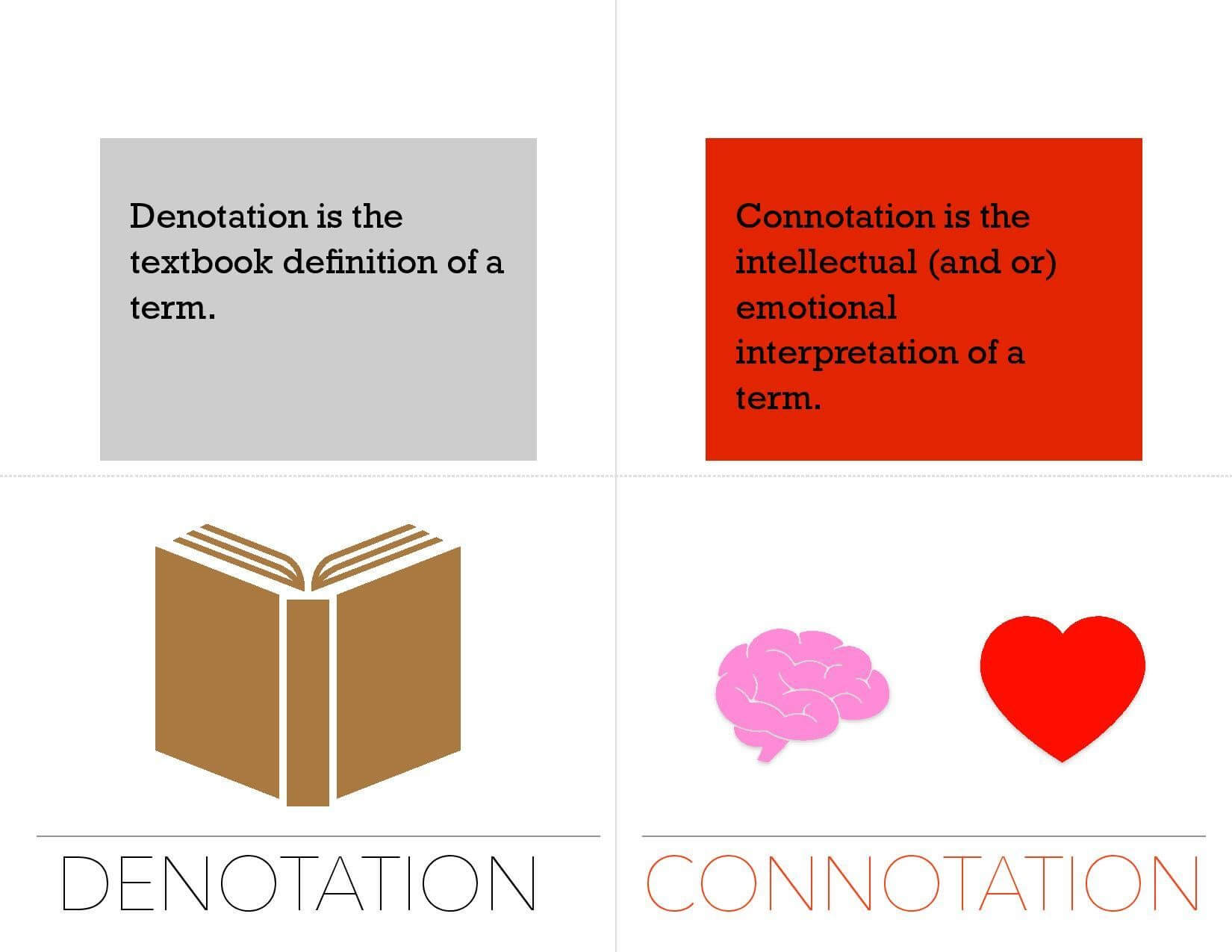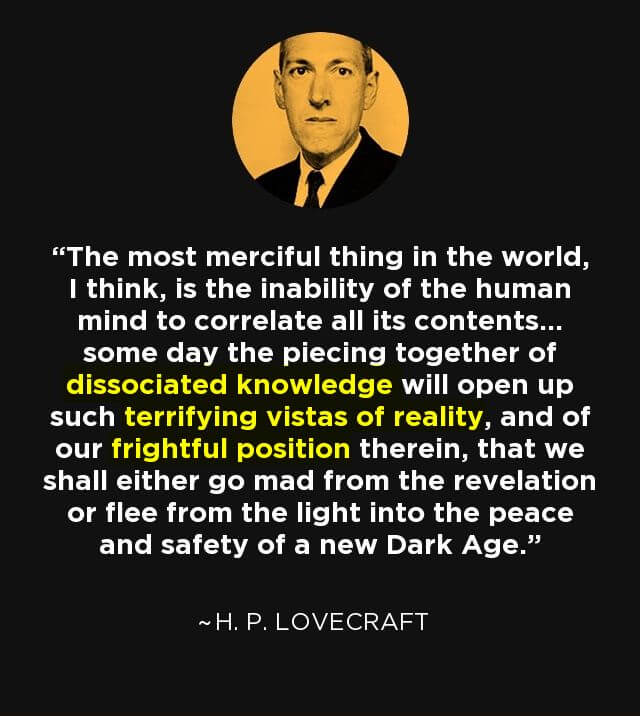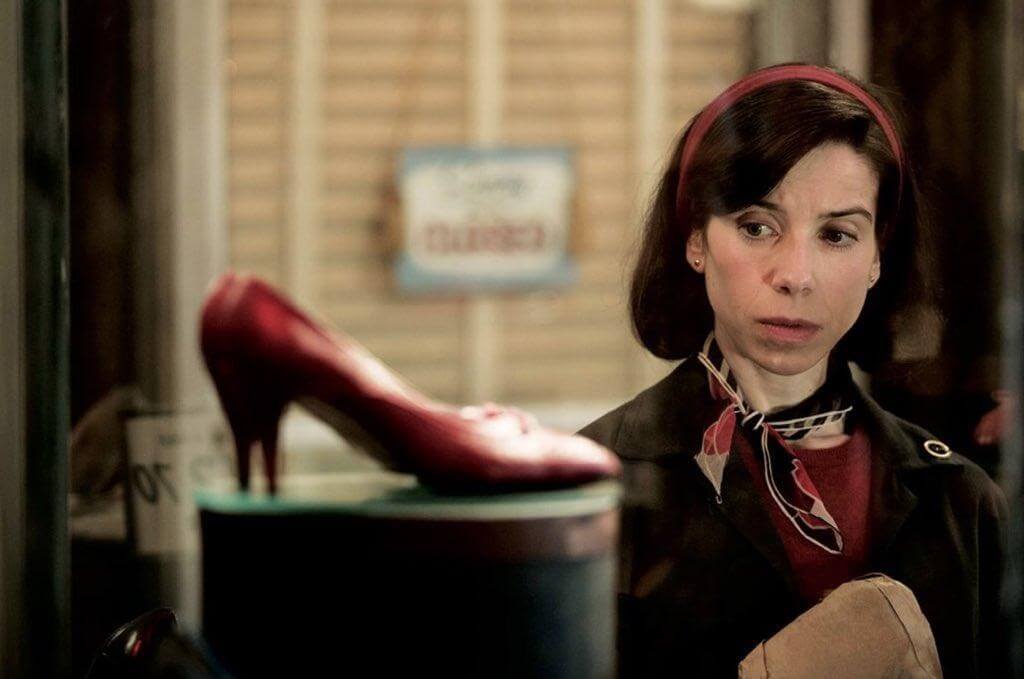What is connotation? We often hear about how certain things have good or bad connotations, but how do we know? We’re going to answer that question by looking at some examples of connotations in literature and film. By the end, you’ll know how to recognize and apply all sorts of connotations in writing and everyday life.
What Does Connotation Mean?
Exploring the connotation meaning
What does connotation mean? The connotation meaning can be traced back to the beginning of linguistics and semiotics. Connotation is simply anytime anything is regarded as something other than its literal textbook definition. This short video from Khan Academy explores the connotation meaning by looking at connotation vs denotation examples.
Connotation Meaning • What is the Connotation Meaning
It may seem like connotation is something profoundly simple... and it is. But I suppose it’s true that sometimes the most simple ideas are the hardest to grasp. Connotation can be applied in an infinite amount of ways. But before we get ahead of ourselves, let’s formally define connotation.
CONNOTATION DEFINITION
What is connotation?
A connotation is a non-literal framing of a term that intends to add an association beyond its literal meaning. Connotations can have negative, neutral or positive implications on a term. Take happiness as the neutral for example: the negative connotation of happiness could be mania and the positive connotation could be vibrancy.
Types of Connotation:
- Negative – when a word or symbol has a non-literal association that we regard as bad.
- Neutral – when a word or symbol has a non-literal association that we don’t regard as good or bad.
- Positive – when a word or symbol has a non-literal association that we regard as good.
Connotation Definition by Contrast
Connotation meaning in literature and film
Connotation has an important meaning in literature in film; which is to suggest figuratism to the audience. Simply, connotation asks us to see the symbolic meaning of objects and words. Let’s define connotation in film with some iconic examples.
CONNOTATION EXAMPLES IN FILM
- In La Dolce Vita, the statue of Christ flying over a rooftop of bikini-clad women connotes a temporal shift in culture.
- In Apocalypse Now, the quote “I love the smell of napalm in the morning” connotes a perverse sense of victory.
- In Casablanca, the quote “round up the usual suspects” connotes that the people who are going to be in line for questioning are known to be trouble-makers.
- In Chinatown, the quote “forget it Jake, it’s Chinatown” connotes that it’s futile to try to change Chinatown.
- In Glengarry Glen Ross, the brass balls connote Blake (Alec Baldwin) is a bold character.
- In Bicycle Thieves, the bicycle connotes Antonio's (Lamberto Maggiorani) ability to work.
Now that we’ve reviewed some connotation examples in movies, let’s define connotation in literature with a few famous examples.
CONNOTATION EXAMPLES IN LITERATURE/WRITING
- In Shakespeare’s “Sonnet 18,” the line “Shall I compare thee to a summer’s day” connotes beauty and serenity.
- In A Tale of Two Cities, Charles Dickens uses juxtaposing images to connote good and evil. “It was the best of times, it was the worst of times, it was the age of wisdom, it was the age of foolishness, it was the epoch of belief, it was the epoch of incredulity, it was the season of Light, it was the season of Darkness, it was the spring of hope, it was the winter of despair, we had everything before us, we had nothing before us, we were all going direct to Heaven, we were all going direct the other way.”
- In The Great Gatsby, the quote “I hope she’ll be a fool—that’s the best thing a girl can be in this world, a beautiful little fool” takes “fool” – a word we typically regard with a negative connotation – and suggests something positive under the guise of the maxim: “ignorance is bliss.”
Connotation Definition by Contrast
Connotation vs denotation
The biggest difference between connotation and denotation is that the former is non-literal and the latter is literal. Let’s take the word sharp for example:

Define Connotation vs Denotation
The denotation of “sharp” is literal like a sharpened knife. In a sentence, the applied denotation would sound like “can you hand me that sharp knife?”
One connotation of “sharp” is smart or witty. In a sentence, the connotation might sound like “she’s a sharp student.”
This next video explores the differences between connotation and denotation examples in further detail.
What is Connotation? • Connotation vs Denotation Explained
It may be helpful to think of connotation and denotation as opposite terms. Whereas one relies on subjective, non-literal implications, the other relies on objective, literal inherent qualities.
The Meaning of Connotation in English
Analyzing the three types of connotation
There are three different types of connotation: positive, negative, and neutral; and all three are essential to understanding the meaning of connotation in English. Let’s break down the differences between the three terms by looking at an example.
- The word “old” has an intrinsically neutral connotation. Sometimes people use the word as an insult, but at its core, it's simply meant to suggest the fact that something is aged.
- Two positive connotations for the word “old” are “vintage” and “matured.” “Vintage” and “matured” connote positive associations, like “vintage records” and “matured cheese.”
- Two negative connotations for the word “old” are “antiquated” and “decrepit.” “Antiquated” and “decrepit” connote negative association, like “antiquated ideals” and “decrepit houses.”
We use positive and negative connotations when we want to express how we feel about things. For example, say you’re looking to buy a house. You go on a tour with your family but are unimpressed by how old it is. Your significant other says it’s “vintage” but you say it’s “decrepit.” These connotative words express different connotations both referring to the age of the house.
Connotation Literary Definition
Connotation examples in literature
Connotation is the feeling that’s communicated by a word. Think about a word you hate. Why do you hate it? What does it remind you of? How about a word you love? Why do you love it? What do you associate it with? Most words have a connotative meaning. By understanding how connotative language is applied in literature, we can see the impact that word choice has on writing.
Think about intelligence for example:
If a writer hopes to communicate a negative connotation of intelligence, they might use the word nerd. Nerds are generally assumed to be subservient which we regard negatively.
Conversely, if a writer hopes to communicate a positive connotation of intelligence, they might use the word brilliant. Brilliance literally refers to the brightness of light, but connotatively, it’s often used to suggest great intelligence.
We know these connotations are positive or negative because they’ve been reinforced to us in our everyday culture. Ah, therein lies the rub – connotation is subjective and only applicable when people know what it means. Different words have different connotations all over the world, but there are plenty of words that have consensus connotations.
Here are some examples:
- Positive: childlike
- Negative: childish
- Positive: vintage
- Negative: decrepit
- Positive: confident
- Negative: cocky
We often see consensus connotations used in news headlines to invoke reactions from readers. Take this famous exercise as an example – two headlines address the same event but use different connotations to evoke different feelings.
- Freedom fighters gunned down in pro-democracy protest
- Rebels neutralized for illegal gathering
Two completely different things right? The difference in terms like “freedom fighters” and “rebels” or “gunned down” and “neutralized” or “protest” and “illegal gathering” have a huge effect on readers.
Now that we’ve looked at how connotations are used in news-writing, let’s look at an example from H. P. Lovecraft’s The Call of Cthulhu to see how connotations are used effectively in literature to build mood.

Connotation Definition by Way of a ‘The Call of Cthulhu Excerpt’
Word choice plays a huge role in Lovecraft’s stories. What does he mean when he uses connotative words like “merciful, placid, terrifying, deadly,” etc.? Is he using them literally? Ironically? As a method of juxtaposition? Not all of these terms are used connotatively, but they’re all used expressively. So consider reading Lovecraft’s excerpt again and think about how he uses terms literally and non-literally to expert effect.
For a more specific connotation example, let’s look to William Shakespeare’s Romeo and Juliet, Act I, Scene III:
- “What, lamb! What, ladybird! God forbid! Where's this girl? What, Juliet!” – Nurse”
Did you spot the connotation? The term “ladybird” is used connotatively to compare Juliet to a ladybird – or as it was known in Shakespeare’s era, a ladybug. This excerpt from Romeo and Juliet is a great example of how to use connotation in dialogue. Let’s look at a few more connotation examples to see how they’re used in film.
Connotative Words Become Symbols
Connotation examples in film
We see connotations everywhere in cinema – like in Sunset Boulevard when Norma Desmond says “I am big! It’s the pictures that got small” with big being regarded with a positive connotation and small being regarded with a negative connotation; or when Buddy the Elf mistakenly calls Peter Dinklage’s character an elf. Of course, Dinklage’s character isn’t an elf – even though buddy earnestly thinks he is. Remember: context matters with connotation.
Connotation in film is a branch of cinematic semiotics. What is semiotics? Semiotics is the study of symbols and how they’re interpreted. So cinematic semiotics is the study of symbols as they relate to film. We connote that a symbol may mean something based on our understanding of semiotics. It’s confusing I know – let’s look at an example that may clear things up.

Connotation Def in the Red Shoes in Guillermo del Toro’s ‘The Shape of Water’
What’s going on in this shot? What does it mean? Well, considering the context of the film, and how closely it relates to classic fairy tales, we can connote that the red shoes may be a reference to Hans Christian Andersen’s classic fairy tale The Red Shoes. Yes, the red shoes are a symbol – but connotation is one way we’re able to confirm they’re a symbol. But my analysis is only an educated guess. Just because I connote that’s what the red shoes mean doesn’t prove that’s what director Guillermo del Toro meant for them to mean.
Perhaps they’re simply red shoes. Nothing more, nothing less. But there’s no denying that red shoes in stories carry with them a certain connotation – whether they simply be an object of desire or a reference to Hans Christian Andersen’s story.
Connotation Synonym • The Red Shoes in David Lean’s ‘Summertime’
Connotation is something that’s very important to understanding film language. For more on connotation and semiotics analysis, check out the video below.
What is Connotation in Symbols? • Semiotics Analysis for Beginners
The video does a great job of proving why understanding the four elements of film language: mise en scene, sound, camerawork, and editing are essential in applying semiotic analysis and recognizing denotations and connotations.
The Meaning of Connotation for Artists
How connotation can help writers
So, what is connotation? Connotation allows artists to communicate figurative meaning to the audience.
Here are some points you should consider in order to effectively communicate positive, negative, and neutral connotations in writing:
Consider your perception of words and objects. As an exercise, take a word and object and think about whether they have an intrinsic positive, negative, or neutral connotation.
If a word or object can be interpreted in a variety of ways, consider using context to further define its connotation.
Don’t be afraid to be bold while expressing connotative words and objects – highlight metaphorical language in writing and emphasize important objects in scripts.
Connotations are a pathway towards turning objects into symbols and metaphors. Just remember that connotations are often subjective and difficult to identify.
But by appropriately applying connotations, you can add linguistic/visual nuance and metaphorical impact to your own stories. Ultimately, a connotation is a gateway to the world of non-literal storytelling
UP NEXT
Explore more literary devices
Connotation is just one of many literary devices and types of figurative language, including foreshadowing, euphemism, and allusion. If you're a writer and want to develop your craft fully, do yourself a favor and continue this exploration. The next article on literary devices is a gateway to many of these tools that help add substance and style to any type of written work.

